A Guide to Buying Junior Cricket Equipment
Return to the articles list
-
Posted on Thursday, 10th October 2019 -
Post a comment
PURCHASING A JUNIOR BAT
Purchasing a junior cricket bat can be a daunting affair. Firstly the price of a bat can vary considerably dependant on the grade of willow that it is manufactured from; secondly, there are several sizes to consider, including the relatively new Academy/Small Adult sizes that are now available, and finally, the weight and grain structure of the bat is something else to take into consideration.
The first question we always ask is, 'How old is the individual in question?' as kids tend to get stronger the older they get. The second question to answer is the height of the individual. Once we have these details we can accurately determine which size bat would be best and, if we can, would also allow for some 'growing room'.
We then talk through the options available, having established a budget, and actively encourage the individuals to come into our store and pick up the bat to get a real idea of which bats feel best. Once the choice has been narrowed down, and any bats that are too heavy or just don't feel right have been eliminated we move onto the next stage.
This is the fun part for most junior cricketers, we allow them to tap the bats with a mallet to get an idea of how large the 'sweet spot' is, and also bounce a proper cricket ball up and down on the blade to get a real feel for the bats performance. Ordinarily there will be a favourite having gone through each process listed, but if the individual is still undecided we do the 'blind test' where the chosen bats are handed to the person in no particular order with their eyes closed and invariably this will leave one bat as 'the winner'.
There really is no substitute to picking the bats up in person and getting a proper feel for them, but if you are unable to do this we are always free to offer any help and advice over the phone or via e mail.
PURCHASING JUNIOR PROTECTIVE EQUIPMENT
Purchasing junior protective equipment may not be as daunting as purchasing a bat but requires some thought and assistance in most cases.
Batting pads/leg guards are relatively easy to size up. The first, and most important criteria to look for from a purely protection aspect is to make sure that the individual has the correct right or left handed batters pads (some junior pads are ambidextrous), and the knee is located on the horizontal protective knee roll on the back of the pad. Ideally the knee should be positioned on the lower part of the knee roll to allow maximum 'growing room'. The second criteria is making sure that the pads aren't too big and that the individual is comfortable wearing them and importantly able to run in them. Once this is established you have a pair of pads which are a good fit.
Batting gloves are also relatively easy to size up. We always encourage the individual to try the different size gloves on after establishing whether they are a right or left handed batter. All batting gloves are either right or left handed, ambidextrous gloves don't exist. The best way to test the gloves is by picking up a bat to see how comfortable they are and making sure that the individuals hands are located close enough together on the bat handle.
Thigh protection is something that we always recommend as it is a sensitive and exposed area when batting due to the nature of it being a 'sideways on' discipline. A good option for the younger junior cricketer is the separate ambidextrous thigh guard which isn't too intrusive but will offer ample protection. When juniors progress to a quicker game as they get older (normally 10 years of age and beyond), we recommend the extremely popular lower body protectors. These offer both outer and inner thigh protection and are easy to wear as both are attached to a waist band and then held in place around the respective legs with a velcro band. We also recommend that cricketers should try these on to get the correct comfortable fit, but if this isn't possible we have a size guide online or are always on hand to offer any help and advice.
ABDOMINAL PROTECTION
It is vitally important that all juniors, male or female, wear a protective abdominal guard. These are available in either junior, youths or female sizes depending on the age and gender of the individual. Equally as important as the abdominal guard are the briefs, trunks or shorts with a pouch to hold the protector in place. These are generally tight fitting to ensure a minimal amount of movement and ensure that the protector remains in the correct position.
HELMETS
It is now mandatory for all junior cricketers under the age of 18 to wear a helmet whilst batting and when keeping wicket. Much research has gone into ensuring that head protection is of paramount importance when playing cricket in recent years with the latest standard introduced in 2013 ensuring that there is no chance of a ball passing between the peak and protective grille. Head shape and size varies considerably amongst individuals so we feel that it is vitally important that helmets are tried on for comfort and to ensure a tight enough fit to minimise any movement under pressure. All junior helmets that we stock have size adjusters to allow for a small amount of growth, from the dial adjuster found on the Gray Nicolls, Gunn and Moore and Kookaburra helmets, to the strap and internal padding that can be adjusted with the new Masuri and Shrey helmets. A simple test that can be done to ensure that a helmet is the correct fit is to move the head up and down and from side to side to make sure that the peak doesn't drop in front of the eye line. Individuals with longer hair and long fringes may also consider wearing a towelling head band underneath the helmet, to give the shell something to bind to rather than hair which will move naturally.
Stem guards or neck protectors are also available as an optional extra and must be purchased to attach to the specific brand of helmet that the individual uses to ensure the perfect fit. These protective items aren't mandatory at present but are designed to give extra protection at the rear of the head around the top of the neck area which can occasionally be exposed.
Helmets certainly are an absolute necessity, and this holds even more relevance now with pitch lengths having been made shorter for certain age groups resulting in the ball reaching the batter at a quicker pace.
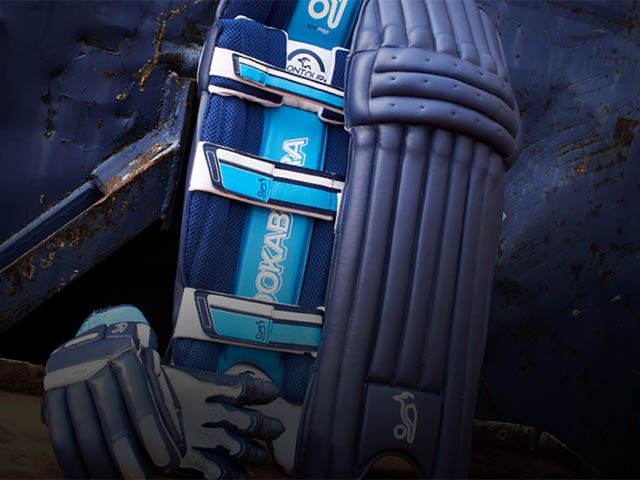 Wicket Keeping Equipment
Wicket Keeping Equipment
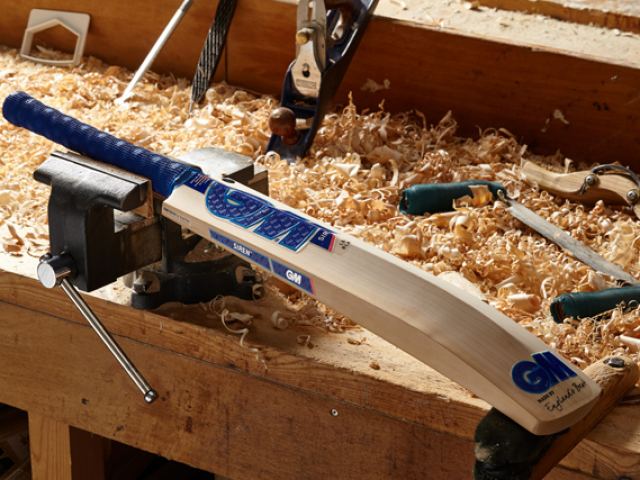 Cricket Bats
Cricket Bats
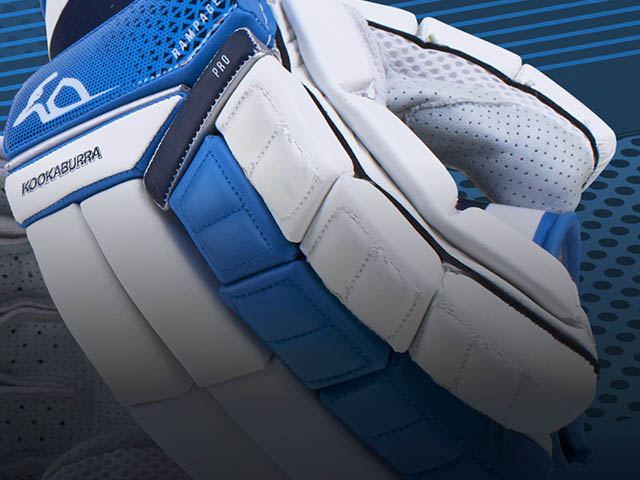 Batting Gloves
Batting Gloves
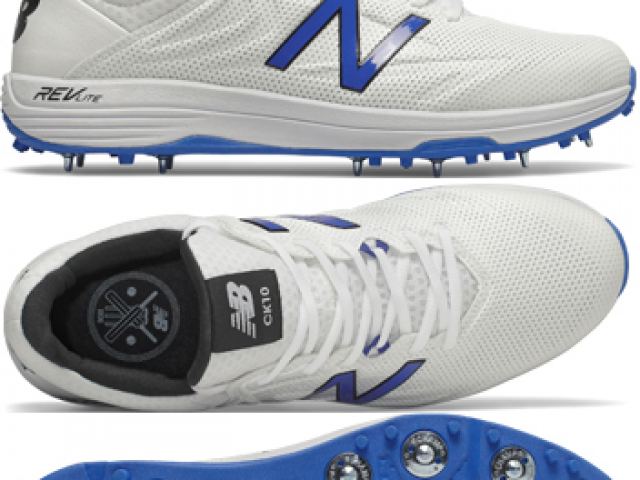 Cricket Footwear
Cricket Footwear












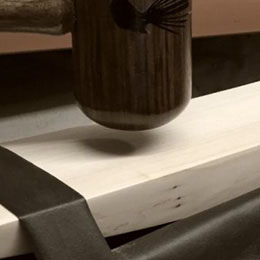 Free knocking in service
Free knocking in service Free shipping
Free shipping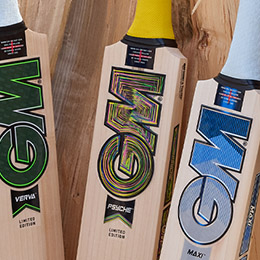 New 2026 stock arriving daily
New 2026 stock arriving daily